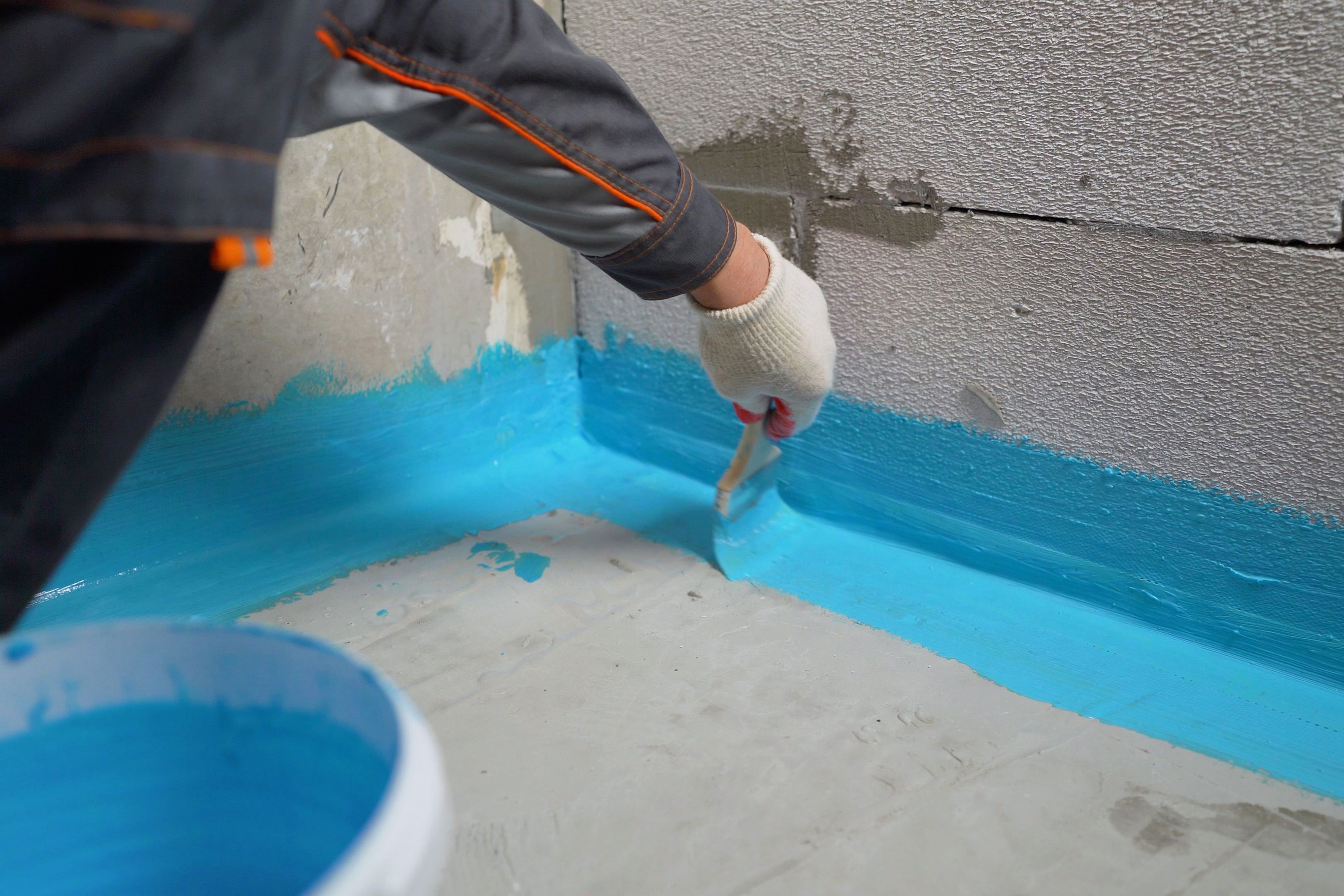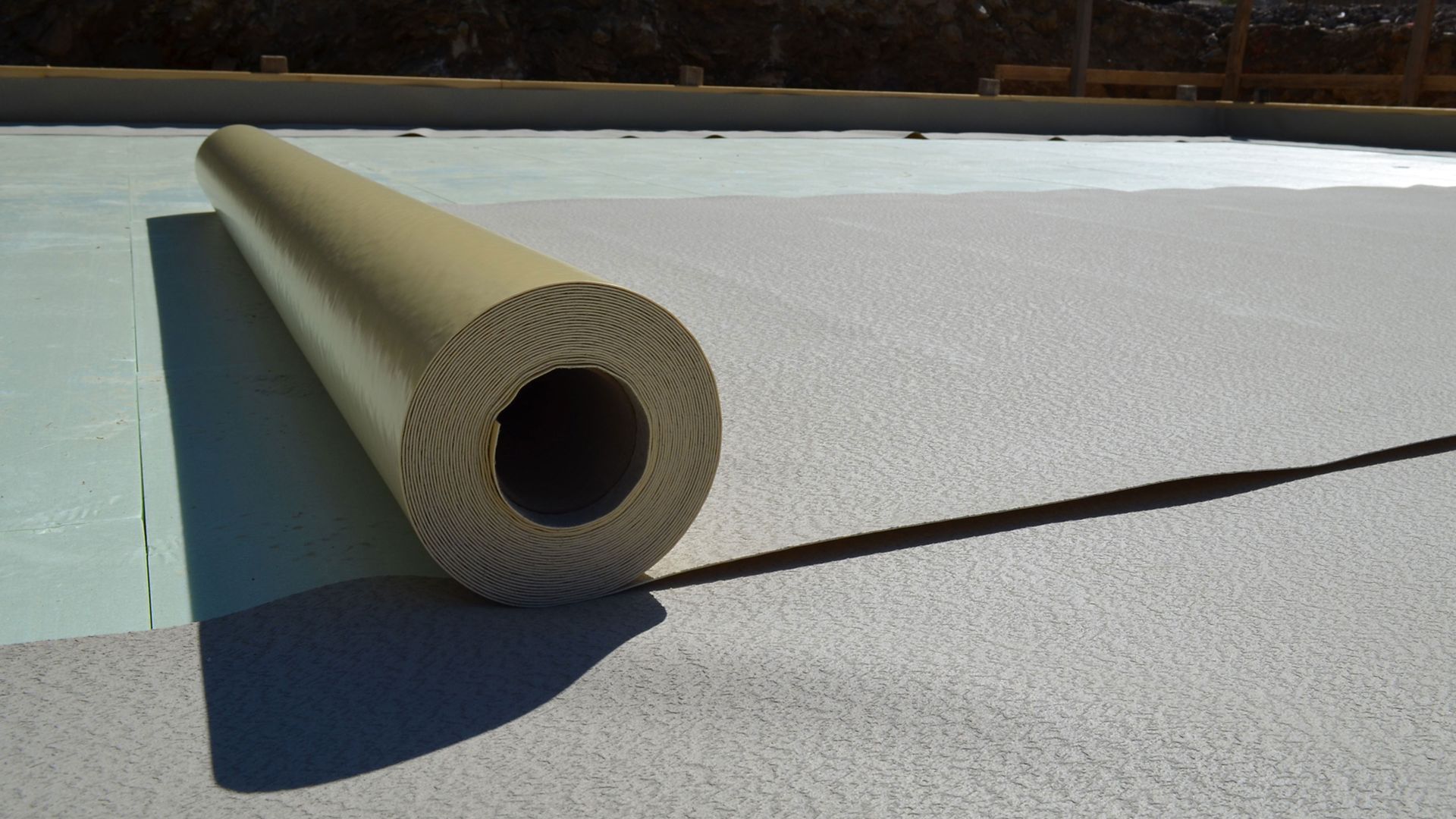French drain installation Omaha Explained: What Every Homeowner Should Know
Sorts of Waterproofing: Exploring the Numerous Approaches and Their Applications
Waterproofing is a vital facet of building and construction and upkeep. It safeguards structures from the harmful results of water damage. There are several techniques readily available, each with its unique applications and benefits. From membrane layer systems to cementitious remedies, recognizing these choices is important for reliable implementation. The option of waterproofing approach can considerably affect resilience and durability. Discovering these numerous techniques exposes their unique benefits and prospective challenges, motivating further consideration of optimal solutions.
Membrane Waterproofing Solutions
Membrane layer waterproofing systems function as an essential obstacle against water breach in different frameworks. These systems generally include slim sheets made from materials like rubber, polycarbonate, or asphalt, which are put on surface areas to prevent wetness penetration. They can be set up above or listed below grade and are particularly efficient in areas vulnerable to high water direct exposure, such as cellars, roofs, and foundations.The installation procedure includes cleaning up the substratum, using adhesives or guides, and exactly fitting the membrane layer to assure total coverage. Membrane layer systems can be either totally adhered, mechanically affixed, or laid loose, depending on the certain demands of the project. They provide longevity and versatility, accommodating architectural movements without jeopardizing their waterproofing abilities. These systems can be enhanced with extra layers for improved protection. Eventually, membrane waterproofing systems are necessary for guarding frameworks versus water damages and maintaining long-term honesty.
Liquid-Applied Waterproofing Coatings
Liquid-applied waterproofing finishes give a versatile service for protecting surface areas from water seepage - Water Solutions Omaha. These coatings contain fluid materials that, when used, form a smooth, versatile membrane. Their versatility permits application on various substrates, including concrete, metal, and timber. The coatings can be utilized in diverse atmospheres, from domestic to industrial settings, making them suitable for roofings, structures, and below-grade structures.One significant benefit of liquid-applied finishings is their capacity to adapt uneven forms and penetrate cracks, developing a robust barrier against wetness. They often display exceptional attachment properties and resistance to UV radiation, making sure durability and longevity. In addition, the application procedure is generally straightforward, allowing for fast installment and lowered labor prices. This approach additionally decreases the threat of water merging, as the continuous layer efficiently routes water far from vulnerable locations. In general, liquid-applied waterproofing coverings are an effective selection for extensive water protection
Cementitious Waterproofing Solutions

Cementitious waterproofing remedies offer a durable choice for frameworks calling for trusted wetness security. These systems primarily make use of a blend of concrete, sand, and chemical ingredients to create a water-proof obstacle. They are usually used to surface areas such as concrete wall surfaces, structures, and floorings, supplying a durable, resilient protection versus water intrusion.One of the crucial benefits of cementitious waterproofing is its simplicity of application; it can be used utilizing a brush, roller, or spray, making it appropriate for numerous task sizes. Additionally, this method is compatible with lots of surfaces and can often be made use of combined with various other waterproofing techniques.Cementitious services are particularly effective in environments where water exposure is a worry, such as basements or below-grade structures. Their superb adhesion residential or commercial properties guarantee that they bond well with substratums, supplying a solid and impermeable layer versus moisture penetration.
Bentonite Waterproofing
Bentonite waterproofing is a very efficient technique that makes use of salt bentonite clay to develop a natural obstacle against water. This technique exploits the unique residential or commercial properties of bentonite, which increases upon call with water, sealing any potential leaks and stopping dampness seepage. It is typically made use of in different applications, including foundation walls, passages, and preserving walls, where water resistance is essential.Bentonite can be applied in several forms, such as panels or coverings, supplying flexibility in setup. Its capacity to self-seal makes it an eye-catching choice for locations subject to moving soil or fluctuating water navigate to these guys levels. Additionally, bentonite waterproofing is environmentally pleasant, as it is a natural material that does not present harmful chemicals into the environments.
Drain and Outside Waterproofing Systems
Effective waterproofing often entails a combination of strategies, consisting of best masonry waterproofer drainage and external systems. Drain systems, such as French drains and sump pumps, are created to redirect water far from frameworks, minimizing hydrostatic pressure versus structures. These systems are essential in stopping water accumulation that can result in structural damages and mold growth.External waterproofing, on the various other hand, involves using protective barriers to the building's outside. Methods such as the installment of waterproof membrane layers, coverings, or sealants can aid avoid water infiltration. This approach not just shields the structure but also improves the overall resilience of the structure.Together, drain and exterior waterproofing systems develop a complete solution to manage water properly. By implementing these methods, homeowner can safeguard their financial investments against the damaging impacts of dampness, making sure lasting stability and safety and security for their buildings.
Often Asked Questions
Exactly how Do I Select the Right Waterproofing Method for My Job?
Picking the right waterproofing method depends on factors such as project kind, environmental conditions, spending plan, and desired longevity. Assessing these elements enables for informed decisions tailored to specific demands and demands.

Can Waterproofing Be Applied in Cold Climate Conditions?
Waterproofing can be used in winter conditions, yet it calls for certain materials and strategies. Cold temperatures might impact curing times and attachment, demanding mindful choice of products created for low-temperature application.
What Are the Common Indicators of Waterproofing Failure?
Typical indicators of waterproofing failure include visible water stains, reference peeling off paint, damp smells, mold growth, and cracks in walls or structures. Sump pump discharge drainage Omaha. These indicators recommend that wetness is penetrating the obstacle, compromising its efficiency
The Length Of Time Does Waterproofing Last Prior To Requiring Maintenance?
The long life of waterproofing differs, generally lasting between 5 to ten years. Aspects such as worldly top quality, ecological conditions, and maintenance techniques affect its toughness, requiring regular examinations to assure efficient protection against water intrusion.
Are There Eco-Friendly Waterproofing Options Available?
The inquiry of eco-friendly waterproofing alternatives exposes a growing interest in sustainable materials (Water Solutions Omaha). Different natural materials, such as plant-based sealants and recycled products, use reliable options while lessening environmental effect, interesting eco mindful customers